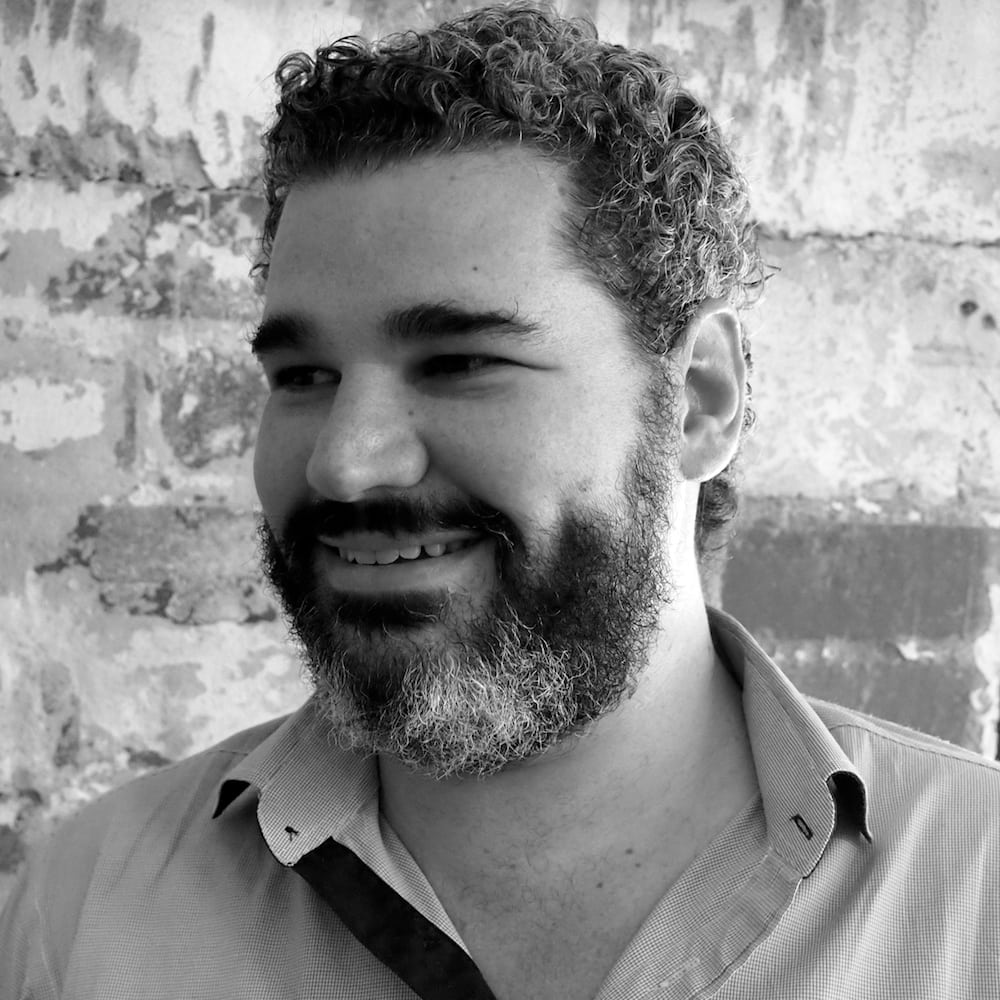This is the seventh in a series of posts on BiM about chapters in the edited collection, Meanings of Pain (2016, Springer).
—
I was delighted to be asked to present a chapter from the recent collection Meanings of Pain. Dr Smadar Bustan’s contribution- A Scientific and Philosophical Analysis of Meanings of Pain in Studies of Pain and Suffering, is a complex chapter with ideas deriving from a long philosophical tradition. The challenge for me was to do the chapter justice while offering readers of Body in Mind an easily graspable summary of the work.
Starting at the beginning
The chapter commences with a reflection on the experience of sitting across from chronic pain sufferers reporting unrelenting pain at the “highest pain imaginable” level, while observing “no tangible, apparent, physical expression to match the elevated scores and the descriptions of a torturous internal state”. This seeming paradox highlights the great challenge that pain, especially chronic pain, presents both the clinician and the researcher, and defies the notion that objectivity in medical judgements must be based on empirical facts. Notably, the establishment of the reliability of objective, third person behavioural approaches to assessing pain has ultimately relied on correlation with subjective, first person pain report. This presents an unavoidable circularity that illustrates the futility of trying to develop purely objective measures for pain.
Models of pain and the meaning suffering
To the traditional model of pain, with its sensory-discriminative (intensity) and affective-motivational (unpleasantness) dimensions, a third dimension is suggested – “pain-related suffering”. Exploration of the meaning of this suffering has led to distinctions between suffering experienced as a “feeling that will come to an end” and suffering that is experienced as a “prolonged condition… a situation of endless affliction such as the loss of a child or a chronic pain condition… making one’s torment the basis of everlasting reality”. This latter kind of suffering – “existential suffering” is posited as a fourth and final dimension of pain. However, understanding the meaning of pain and suffering is not trivial, and each individual will experience a unique process of acquiring meaning for his or her own pain that can evolve across time and experience.
The evolving meanings of pain
“The perception of pain evolves depending on its application within a context in a given time frame… the meaning of pain is therefore never fixed. This is particularly relevant to conditions becoming chronic because in these circumstances, pain is often first thought of as a burden requiring strength and adaptable coping strategies on the way to recovery, before turning into a permanent condition representing a forever lasting, defeating threat.”
A slippery beast indeed. The utterance pain may ‘point to’ a vast array of experiences for any one individual from “excruciating [to] pleasurable, following its form of occurrence ()” demonstrating the potential chasm in understanding created by the possible uses of the one word. Immediately, the use of a 0 – 10 score for pain, either in the lab or in the clinic, seems hopelessly inadequate.
Deciphering pain and suffering
Two types of meanings in the expression of pain and related-suffering can be further unfolded. A more objective type of meaning evoking the qualities, the feel, of pain symptoms – as expressed in a quote from a patient “suffering is to feel hurt, it hurts you, incapacitates your body and keeps you from living normally.” And an implied meaning that “reflects the internal value a person ascribes to his lived pain (annihilating, threatening, diminishing) and suffering.” From the same patient; “I suffer because of my health problems. This is not a mental suffering, rather physical suffering because it prevents me from carrying out my plans” (emphasis added).
This is a nuanced distinction, but expanding the examination of pain and suffering beyond their more objective qualities allows a deeper understanding of what really bothers the patient. This is underlined by another patient example, that of a 50 year old woman with persistent neuropathic pain in her hands and feet, who reported her loss of femininity, “I lost my femininity because I cannot put [on] high heels. Even with earrings, I drop them every time” and existential suffering, “I feel like I am in a fog and I feel that everything is wrong, I’m not here…” as the greater determinants of her overall suffering.
A key aspect to the more nuanced implied meaning is the set of values held by an individual, challenging clinicians to “look attentively enough and acknowledge that there is something more than the scientific list of signs to account for” and to “go beyond the set of nociceptive and affective features coming together in a specific but quite mechanistic configuration” when trying to understand another’s pain.
Towards a tool for elucidating pain and suffering
Ultimately, the project is to develop a practical tool for deciphering pain and related-suffering meanings. The many considerations involved in the development and deployment of such a tool serves to summarise the key ideas in the chapter and conclude this post:
- Patients often find it hard to relate to current attempts to capture the experience and impact of pain via visual analogue scales or various questionnaires that do not “convey the patient’s full emotional state, especially the suffering resulting from the turmoil the person is undergoing”.
2. Pain and suffering are often confounded, with the subtle nuances of the meanings of both lost. The resulting conflation of pain and suffering may manifest in the reporting of pain as 8 or 9 out of 10 for many months, with the numerical rating an attempt to express the true impact of a persistent pain state in the absence of satisfactory suffering-related understanding and language.
3. The necessity of the merging of philosophy with science and medicine to “highlight suffering and pain as a lived event including their multiple facets” including situation, emotional state and cognition.
4. The consideration that meanings for pain and suffering, and the utterances used to express these, are not just a list of properties implying what the words refer to, but reflect different aspects of the experience based on very distinct sets of values.
Far from being an attempt to have the final word on the topic, Dr Bustan’s thought provoking and challenging chapter is a two fold invitation to the reader. Firstly, to delve deeper into their own understanding of pain and suffering. And secondly, when in clinical or research settings, to sit with patients and share an introspective journey to fully elicit and express the complete lived experience of pain, thereby profoundly validating and giving voice to that individual’s pain and related-suffering.
About Tim Cocks
 Tim graduated from the University of South in 1998 with a Bachelor of Applied Science (Physiotherapy). He commenced work in private practice immediately after graduating and spent the next 8 years “really learning about life and people” in the outer, industrial suburbs of Adelaide.
Tim graduated from the University of South in 1998 with a Bachelor of Applied Science (Physiotherapy). He commenced work in private practice immediately after graduating and spent the next 8 years “really learning about life and people” in the outer, industrial suburbs of Adelaide.
In 2005 Tim started delivering pain education program to clients of a local government agency which assisted injured job seekers find employment. In 2006 Tim was enticed to join the organisation, CRS Australia, to develop and deliver a range of health education programs. A move back to private industry in 2008 as an allied health consultant culminated in Tim being nominated for and winning the Health and Rehabilitation Individual Achievement award at the state wide WorkCover SA Recovery and Return to Work Awards in 2012.
Tim joined Neuro Orthopaedic Institute (NOI) full time in 2014 where he continues to write for the NOI blog noijam, assist with research and development of NOI books and products, and contribute hand made sushi to NOI lunches on a regular basis.
Tim is interested in the philosophy of mind and consciousness and was invited to present a movie and discussion on this topic at the (in)famous Monday Mind Flick movie nights organised by the Body in Mind crew in 2013. Tim was born and raised in Adelaide, South Australia and continues to reside there with his wife, three children, two cats and a dog.
References
Bustan S (2016) A Scientific and Philosophical Analysis of Meanings. In: van Rysewyk S (2016) Meanings of Pain. Springer International Publishing, 2016. pp. 108-127.



